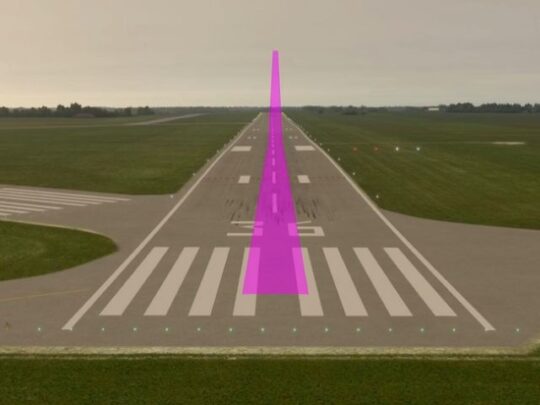Subscriber question:
"What is the best way to enter the traffic pattern at a busy non-towered airport when coming in from the side opposite the pattern? For example, coming in from the north to a left traffic pattern on runway 27." - Brian G.
Wally:
“When we learned to fly, we were all taught by our instructor to enter the pattern on a 45-degree angle to the downwind leg. As we became so-called better pilots, we learned there were other ways to do it. I suspect what your question is really asking is, “Are these other ways OK?”
The Aeronautical Information Manual or AIM recommends entering the pattern on a 45-degree angle to the downwind leg. While the AIM is not regulatory, it does contain best practices and is most likely the reason our instructors taught us that procedure in the first place.
Let’s take a look at why this is considered the best practice. Approaching downwind leg from a 45-degree angle in level flight gives the arriving airplane the ability to merge easily with other traffic in the pattern. Sort of like merging onto the freeway. Doing it this way provides the best chance for other aircraft in the pattern to see you and for you to see and avoid them.
Given your example, the correct procedure is to fly over the field at least 500 feet above pattern altitude and proceed beyond the downwind area. Then descend to pattern altitude and maneuver to enter at a 45-degree angle to the downwind leg in level flight at pattern altitude.
Can you do a straight in approach? Or enter on crosswind or base leg? Sure you can, and lots of people do. Many will argue their procedure is better in one way or another but as far as I know none of them have been able to convince the authors of the AIM to publish their procedure.
Remember that the majority of mid-air collisions occur in or near the traffic pattern on clear days. Therefore, I believe it is worth the few extra minutes it might take to make a pattern entry that helps to reduce that risk as much as possible.”


